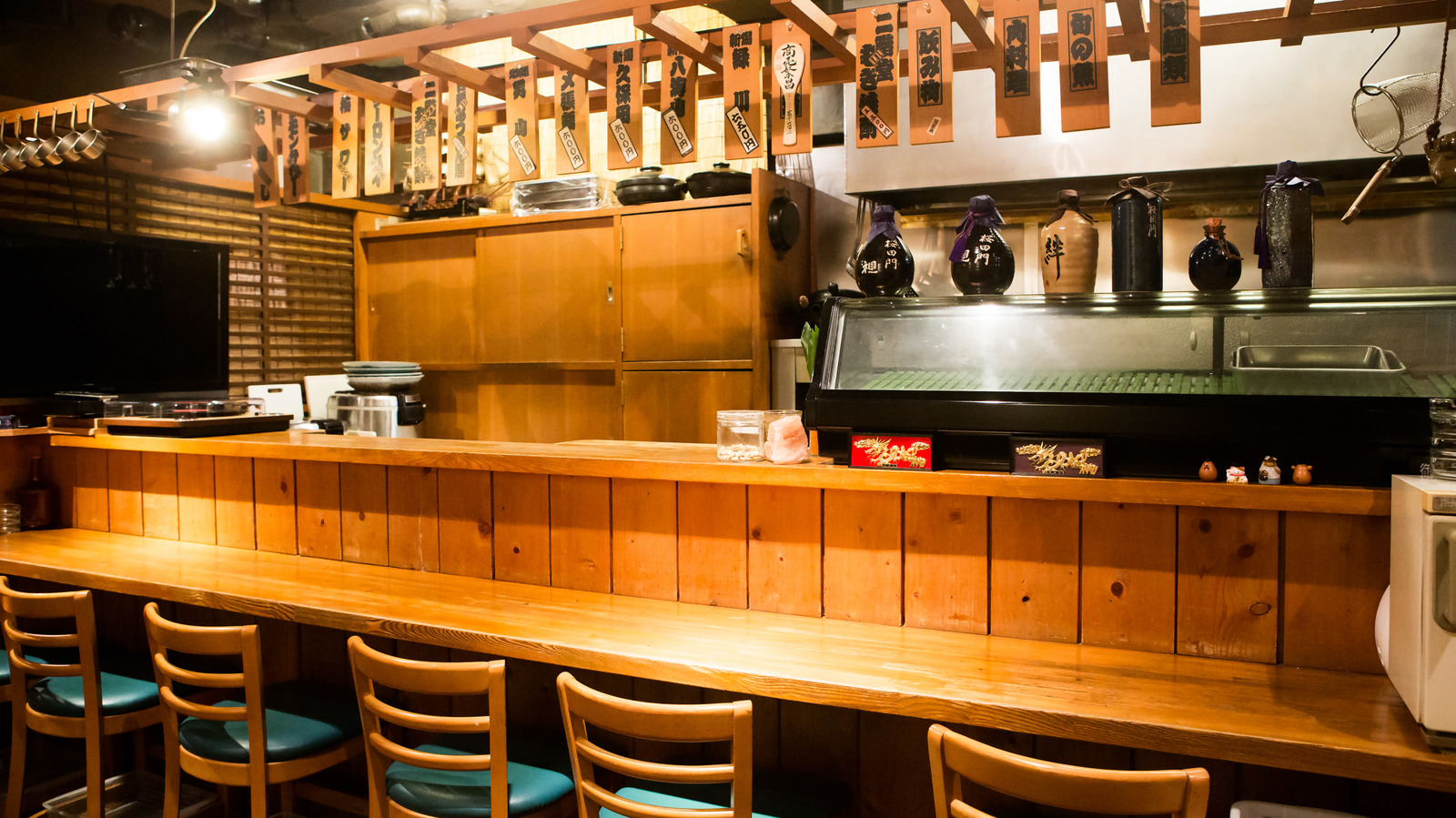
"The United States is a land of ever-changing food trends, and the way we eat today would be unrecognizable even as recently as the 1970s. We have hamburgers and hot dogs, and we still eat our roast turkey on Thanksgiving, but every decade has its food trends that add to the American canon - some invented, many brought over by immigrants."
"The origins of sushi in Japan go back to at least the 9th century, but Japanese culture had barely penetrated into normal people's lives in the United States. There was some sushi in the U.S., centered around Japanese immigrant enclaves on the West Coast, and there were mentions of sushi in news articles of the time as food that was trendy with high-class socialites."
"Sushi was still being served in Japanese restaurants in the U.S. into the '50s and '60s, but the beginning of the American sushi craze is often credited to the restaurant Kawafuku in Los Angeles' Little Tokyo neighborhood. This was the first popular spot to sell traditional nigiri sushi to American patrons. Opened by Noritoshi Kanai and a business partner, Harry Wolff, it mainly served Japanese businessmen, but as they"
American eating habits changed dramatically over the 20th century, with many immigrants introducing new dishes. Sushi moved from rarity to commonality. Raw-fish dishes remained mysterious and suspect in the 1970s. Sushi originates in Japan at least as early as the ninth century, but Japanese culture had barely reached mainstream American life. Sushi existed in U.S. Japanese immigrant enclaves on the West Coast and appeared in news as trendy among high-class socialites, amid an upper-class craze for Asian culture. A 1907 diplomatic agreement cut off Japanese immigration, and World War II produced a backlash; sushi began making renewed inroads in the 1960s. Kawafuku in Los Angeles' Little Tokyo popularized traditional nigiri for American patrons.
Read at Tasting Table
Unable to calculate read time
Collection
[
|
...
]